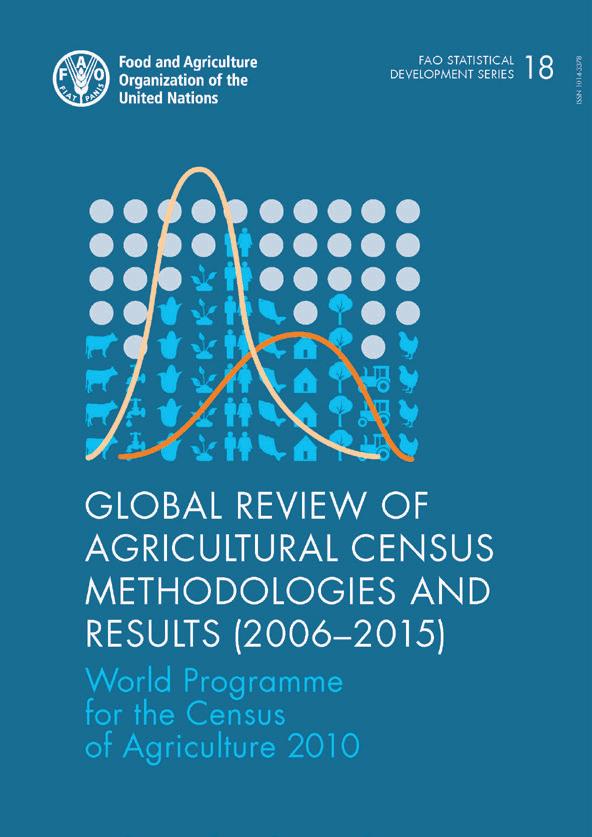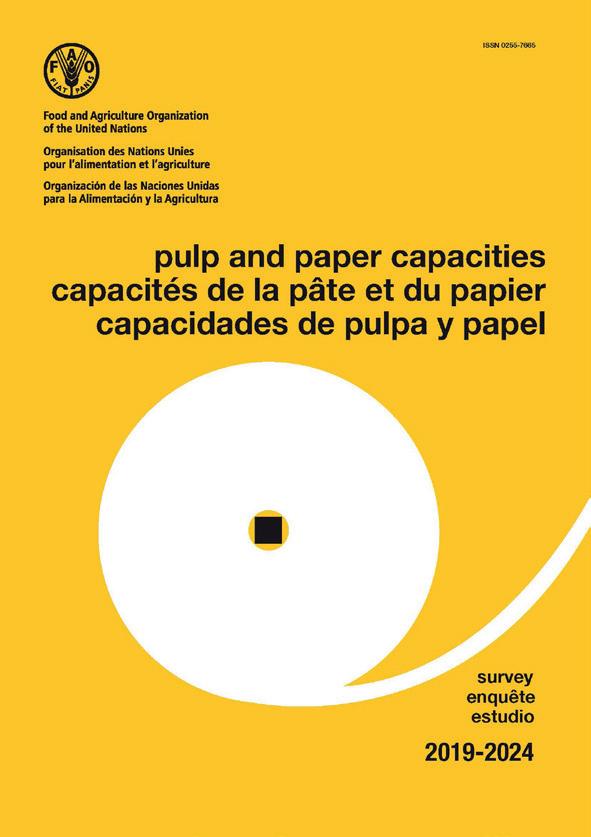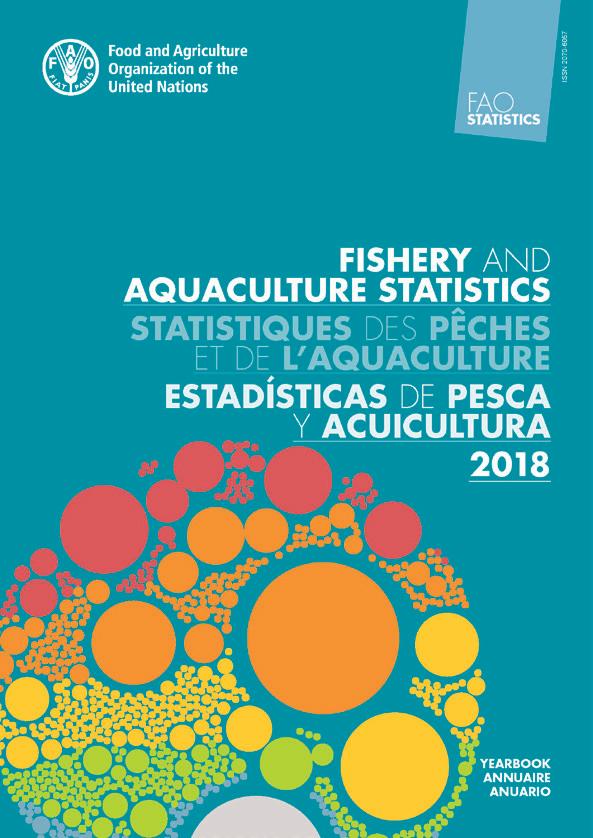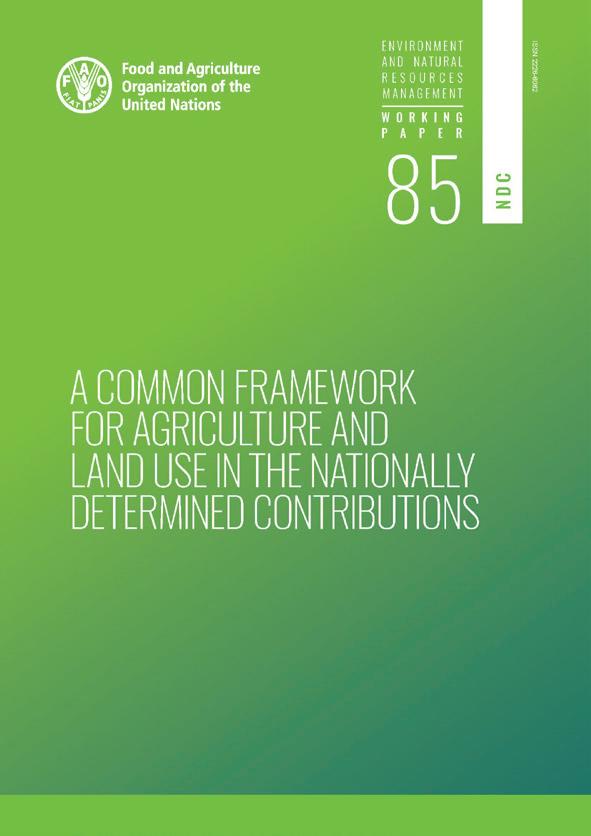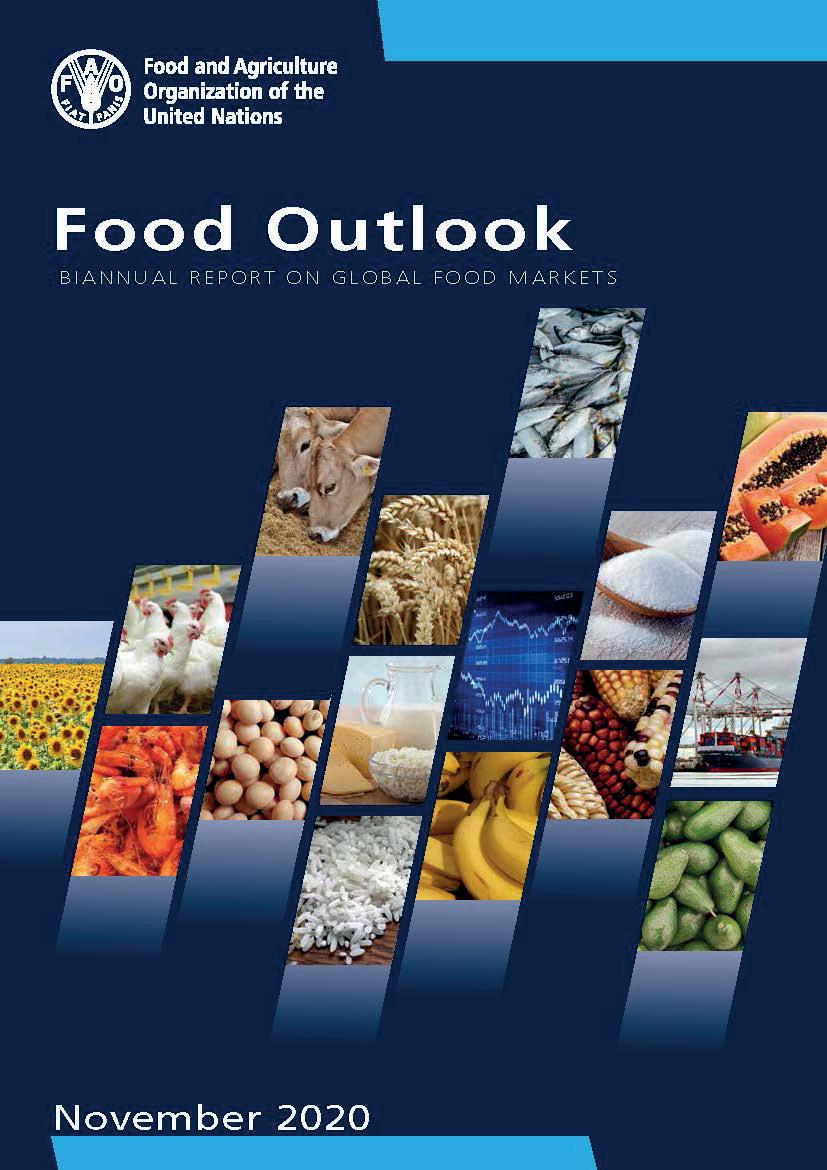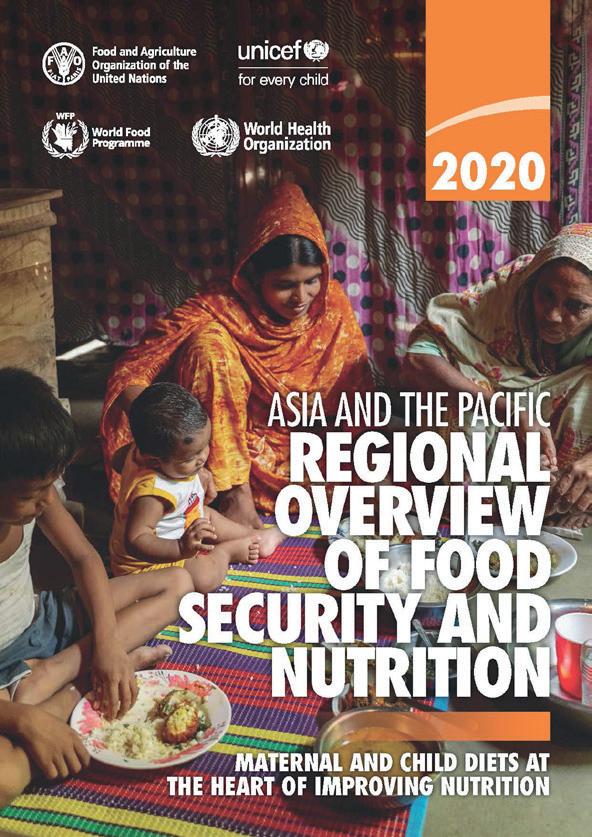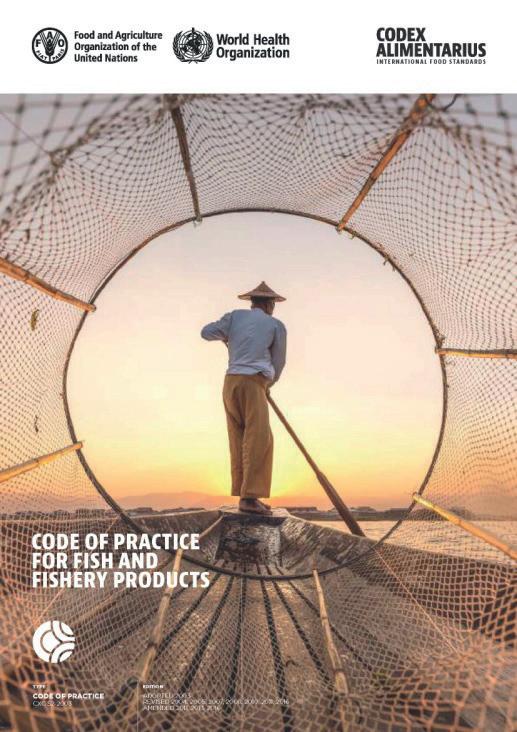
5 minute read
Animal production and health
from News 1/2021
by CIHEAM-Bari
LibraryNewsletter OrganicAgriculture Newsletter Economic Books Fisheries Agriculture Food and nutrition Aquaculture Natural resourcesMAIBDocumentation Center Documentation Center Mediterranean Agronomic Institue of Bari News DOCUMENTATION CENTRE - CIHEAM BARI from the Library
and nutrition and their impacts on the environment. The Yearbook is meant to constitute a primary tool for policy makers, researchers and analysts, as well as the general public interested in the past, present and future path of food and agriculture.
Advertisement
Download publication
Cite this content as: FAO. 2020. World Food and Agriculture - Statistical Yearbook 2020. Rome.
World Food and Agriculture - Statistical Pocketbook 2020
Type of publication: Book Author: FAO Publisher: FAO Year of publications: 2020 Place of publication: Rome, Italy Pages: 140 p. ISBN: 978-92-5-133472-0 doi: https://doi.org/10.4060/cb1521en
Agrovoc: agricultural sector; agricultural resources; food security; food supply; Sustainable Development Goals; agricultural statistics; production data; statistical data; world
Abstract: FAO’s Statistical Pocketbook complements the Statistical Yearbook, by providing, in an easy and simple way, quick access to top-level numbers, charts and maps on many dimensions of food and agriculture – from the characteristics of the sector to production, prices and trade, as well as food security and nutrition and environmental aspects.
Download publication
Cite this content as: FAO. 2020. World Food and Agriculture - Statistical Pocketbook 2020. Rome.
ANIMAL PRODUCTION AND HEALTH
Introduction and spread of lumpy skin disease in South, East and Southeast Asia. Qualitative risk assessment and management
Type of publication: Book Author: Roche, X., Rozstalnyy, A., TagoPacheco, D., Pittiglio, C., Kamata, A., Beltran Alcrudo, D., Bisht, K., Karki, S., Kayamori, J., Larfaoui, F., Raizman, E., VonDobschuetz, S.,Dhingra, M.S. and Sumption, K. Publisher: FAO Year of publications: 2020 Place of publication: Rome, Italy Pages: 62 p. ISBN: 978-92-5-133563-5 Serial Title: FAO Animal Production and Health Papers ; 183 doi: https://doi.org/10.4060/cb1892en
Agrovoc: animal diseases; vector-borne diseases; lumpy skin disease; epidemiology; disease transmission; risk assessment; disease control; animal health; South Asia; East

LibraryNewsletter OrganicAgriculture Newsletter Economic Books Fisheries Agriculture Food and nutrition Aquaculture Natural resourcesMAIBDocumentation Center Documentation Center Mediterranean Agronomic Institue of Bari N° 1 - 2021 - January-Februarywww.iamb.it
Asia; South East Asia
Abstract: Lumpy skin disease (LSD) is a vector-borne disease of cattle and Asian water buffalo that is included on the OIE (World Organisation for Animal Health) list of notifiable diseases. In July 2019 LSD was introduced to Bangladesh, China and India and then spread to Nepal and Bhutan and in 2020 to various provinces of China and India. A qualitative risk assessment was conducted to assess the likelihood of introduction and/or spread of LSD in 23 countries in South, East and Southeast Asia based on information available up to 31 October 2020. The economic impact of LSD for South, East and Southeast countries was estimated to be up to USD 1.45 billion in direct losses of livestock and production. These losses may be higher, due to the severe trade implications for infected countries. This document provides an overview of LSD control approaches, including prevention. The cost-effectiveness estimation demonstrates a strong economic justification for vaccination and advocates for a regional approach to harmonize control measures.
Download publication
Cite this content as: Roche, X., Rozstalnyy, A., TagoPacheco, D., Pittiglio, C., Kamata, A., Beltran Alcrudo, D., Bisht, K., Karki, S., Kayamori, J., Larfaoui, F., Raizman, E., VonDobschuetz, S., Dhingra, M.S. and Sumption, K. 2020. Introduction and spread of lumpy skin disease in South, East and Southeast Asia: Qualitative risk assessment and management. FAO animal production and health, Paper 183. Rome, FAO.
back to index

African swine fever: detection and diagnosis – A manual for veterinarians
Type of publication: Book Author: Beltrán-Alcrudo, D.; Arias, M. ; Gallardo, C. ; Kramer, S. ; Penrith, M.L. Publisher: FAO Year of publications: 2017 Place of publication: Rome, Italy Pages: 92 p. ISBN: 978-92-5-109752-6 Serial Title: FAO Animal Production and Health Manual ; 19
Agrovoc: African swine fever; African swine fever virus; diagnosis; veterinarians; guidelines; epidemiology; risk prevention; disease control; Swine; forest managers; awareness raising
Abstract: Given the current worsening of the African swine fever situation worldwide, this field manual will be aimed to assist veterinarians in the prompt recognition and detection of the disease and the immediate control steps at farm
Download publication
Cite this content as: Beltrán-Alcrudo, D.; Arias, M. ; Gallardo, C. ; Kramer, S. ; Penrith, M.L. 2017. African swine fever: detection and diagnosis - A manual for veterinarians. FAO Animal production and health, Paper 19. Rome, FAO.
LibraryNewsletter OrganicAgriculture Newsletter Economic Books Fisheries Agriculture Food and nutrition Aquaculture Natural resourcesMAIBDocumentation Center Documentation Center Mediterranean Agronomic Institue of Bari News DOCUMENTATION CENTRE - CIHEAM BARI from the Library
Environmental performance of feed additives in livestock supply chains. Guidelines for assessment
Type of publication: Book Author: FAO Publisher: FAO Year of publications: 2020 Place of publication: Rome, Italy Pages: 162 p. ISBN: 978-92-5-132941-2 doi: https://doi.org/10.4060/ca9744en
Agrovoc: livestock production; animal feeding; feed production; feed additives; feed supply chain; animal performance; impact assessment; methodology; guidelines
Abstract: The production and the use of feed additives influence the environmental impact of livestock production. The use of feed additives significantly acts on feed efficiency, and thus animal and environmental performance. The methodology developed in these guidelines aims to introduce a harmonized international approach to the assessment of the environmental performance of feed additives in livestock supply chains taking into consideration the impact of their production and use all along the supply chain for large ruminants, pigs and poultry. The objective of this technical document is twofold: on the one hand, to provide detailed guidance on how to measure the environmental performance of the production of feed additives, and on the other hand, how to measure the effects of feed additives on the environmental performance of livestock products.

Download publication
Cite this content as: FAO. 2020. Environmental performance of feed additives in livestock supply chains – Guidelines for assessment – Version 1. Livestock Environmental Assessment and Performance Partnership (FAO LEAP). Rome.
Livestock Activity Data Guidance (L-ADG): Methods and guidance on compilation of activity data for Tier 2 livestock GHG inventories
Type of publication: Book Author: FAO and Global Research Alliance on Agricultural Greenhouse Gases Publisher: FAO Year of publications: 2020 Place of publication: New Zealand Other Entities Involved: Global Research Alliance Pages: 154 p. ISBN: 978-92-5-132117-1 doi: https://doi.org/10.4060/ca7510en
Agrovoc: livestock; greenhouse gas emissions; surveys; data collection; data analysis
Abstract: The Livestock Activity Data Guidance (L-ADG) provides practical methods for countries to estimate the activity data used to compile livestock GHG inventories using the IPCC Tier 2 approach. The purpose is to support countries to improve the accuracy of the livestock emission estimates in national GHG inventories, and thus enable countries to measure and report progress towards their NDCs.
Download publication

Cite this content as: FAO and Global Research Alliance on Agricultural Greenhouse Gases. 2020. Livestock Activity Data Guidance (L-ADG): Methods and guidance on compilation of activity data for Tier 2 livestock GHG inventories.

